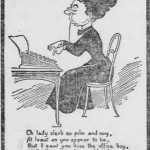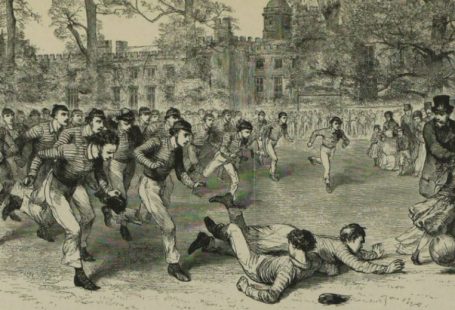 Writer and historian Denise Bates sent us a message recently to explain what The British Newspaper Archive and the family history records available at findmypast have helped her discover about a nineteenth-century mining family.
Writer and historian Denise Bates sent us a message recently to explain what The British Newspaper Archive and the family history records available at findmypast have helped her discover about a nineteenth-century mining family.
Denise wrote Pit Lasses: Women and Girls in Coalmining c1800-1914 after discovering her great-great-great-great-grandmother listed as a miner in the 1841 census and wondering what her life would have been like.
**************
Many people are surprised to learn that until 1842, women and girls worked underground in coal mines. Several hundred female workers gave evidence during a government enquiry in 1841 when the Children’s Employment Commission investigated child labour. It is possible to trace what happened to some of these workers after the enquiry.
Hopwood Pit disaster, 1842
It did not take long to discover the names of three young witnesses from the Hopwood Pit in central Barnsley, Yorkshire listed in the death registers from 1842, available at findmypast. A report of the inquest into their deaths also featured in the Leeds Times.

Leeds Times – Saturday 26 February 1842
Image © THE BRITISH LIBRARY BOARD. ALL RIGHTS RESERVED.
This reveals that Hannah Mallender, her sister Elizabeth and colleague Mary Day were killed in an underground explosion early on the morning of 22 February. The reporter made a mistake by naming the wrong Mallender sister as a victim. This suggests noise and poor acoustics in the room where the inquest was held.
Oaks Colliery disaster, 1847
It is not unusual for mining families to be bereaved twice in mining accidents, or to lose more than one family member underground. For Esther Day, Mary’s mother, the blast at Hopwood was the start of a scarcely believable tragedy.
In March 1847, a huge explosion at the Oaks Colliery near Barnsley cost many lives. Seventy-two workers perished, including Esther’s husband Peter and their son John. A report of the inquest in the Leeds Times reveals that friends of Peter Day employed a solicitor to attend the inquest, but that he was prevented from asking questions about conditions underground.

Leeds Times – Saturday 13 March 1847
Image © THE BRITISH LIBRARY BOARD. ALL RIGHTS RESERVED.
Oaks Colliery disaster, 1866
As soon as Esther’s younger son, Peter, was old enough to learn a trade, she apprenticed him to a Sheffield grinder so that he would not have to risk his life cutting coal. The strategy failed. Joseph Taylor was a brutal master and in September 1855, magistrates agreed to set aside the indentures.
With no other way of earning a living, census and marriage records reveal that the teenager joined his step-father down the mine, grew to manhood and married. On a December morning in 1866, Peter lost his own life, along with over 380 colleagues in another huge explosion at the Oaks Colliery, where his father and brother had perished almost twenty years earlier. Esther’s reaction to the death of the fourth of her five children is scarcely imaginable.
A report in The Leeds Times captures the impact of the disaster on the local community and on individuals who were bereaved.

Leeds Times – Saturday 15 December 1866
Image © THE BRITISH LIBRARY BOARD. ALL RIGHTS RESERVED.
Newspapers preserve unexpected human interest detail that often escapes official records. The more this valuable resource becomes searchable online, the better insights into the past we will have.
**************
Copies of Pit Lasses: Women and Girls in Coalmining c1800-1914 can be ordered through Denise Bates’ website





